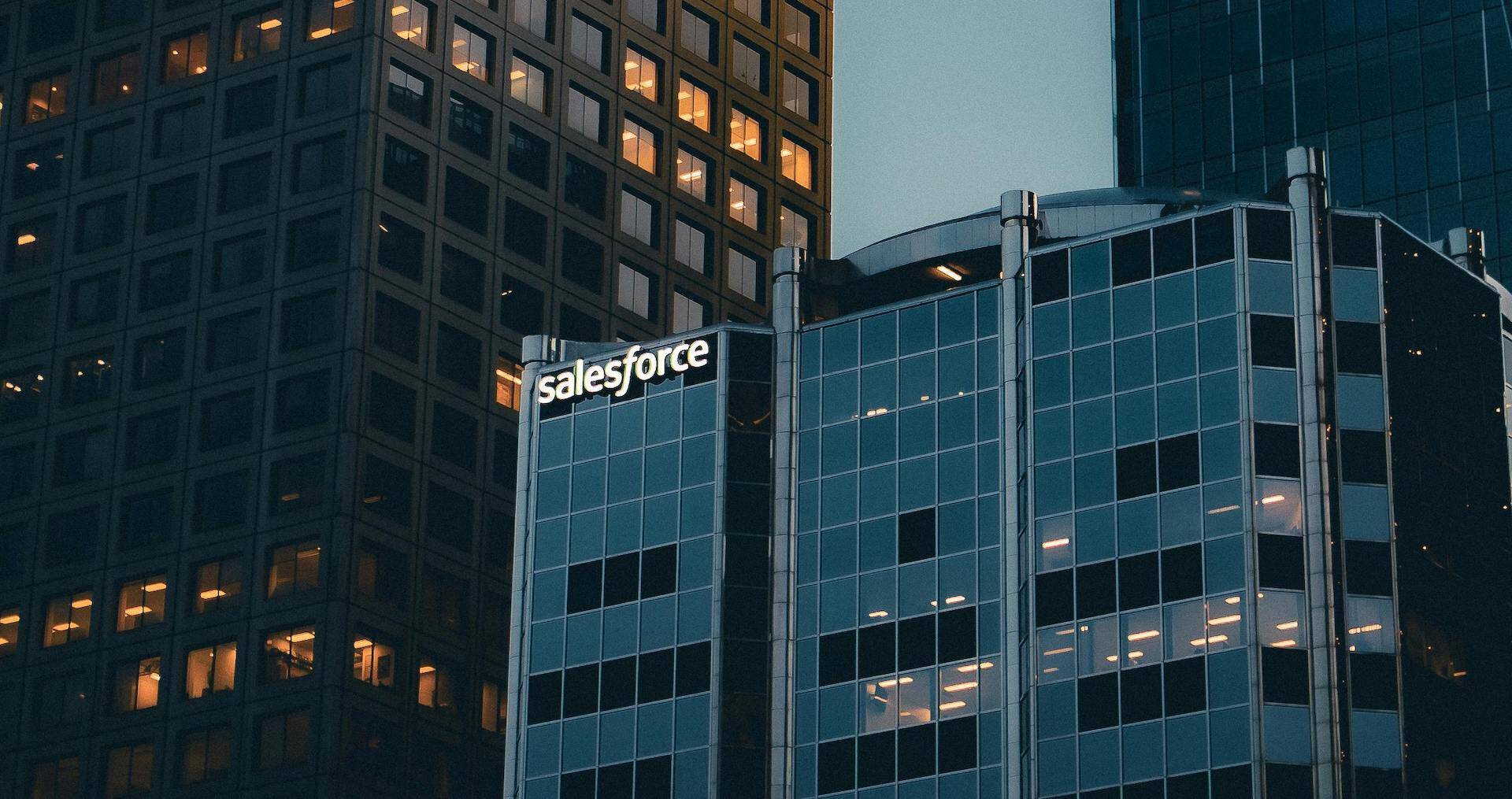Exploring Different Adobe Commerce Agency Solutions for Your Business
In today's competitive e-commerce landscape, partnering with the right Adobe Commerce agency can make all the difference in your business's success.

Choosing between Adobe Commerce Cloud and on-premise solutions for your e-commerce business is a big decision. Let's compare their costs and features to help you decide. We'll look at setup costs, ongoing expenses, how well they work, and long-term considerations to give you a clear picture of what each option costs overall.
| Factor | Adobe Commerce Cloud | On-Premise |
|---|---|---|
| Initial License Fee | Starts at $40,000/year | Starts at $22,000/year |
| Hosting | Included | $5,000 - $15,000 setup |
| Maintenance | Automatic updates | Manual management |
| Scalability | Easily scalable | Requires additional investment |
| Security | Built-in measures | Hands-on management |
Adobe Commerce Cloud is a fully managed cloud-based e-commerce platform that offers scalability and advanced features for online businesses. Adobe Commerce provides a comprehensive solution for both B2B and B2C companies looking to expand their online presence. This platform combines the robust features of Magento with the power of cloud infrastructure, offering businesses a seamless and highly performant e-commerce solution. With Adobe Commerce Cloud, merchants can focus on growing their business while leaving the technical aspects of hosting, security, and scalability to Adobe's expert team.
On-premise Adobe Commerce allows businesses to host the e-commerce platform on their own servers. This option gives more control over the infrastructure but comes with extra responsibilities and costs. With on-premise solutions, companies have full control over their hardware, software, and data, which can be good for businesses with specific rules they need to follow or those who prefer to keep all operations in-house. However, this approach needs a dedicated IT team to manage the infrastructure, handle updates, and make sure security measures are in place.

Let's compare the costs of Adobe Commerce Cloud and on-premise solutions in detail, looking at both the initial investment and long-term expenses:
Adobe Commerce Cloud: - License fee: Starts at $40,000 per year, which includes hosting and basic support - Hosting: Included in the license fee, so you don't need to pay extra for hosting - Implementation: Varies based on how complex your needs are, but typically ranges from $50,000 to $250,000 - Additional services: May include moving your content, designing your site, and connecting different systems
On-Premise: - License fee: Starts at $22,000 per year for the software license - Hosting: $5,000 - $15,000 for initial server setup, plus ongoing costs for maintenance and upgrades - Implementation: Similar to cloud, but may need extra IT resources for server setup and security - Hardware costs: You might need to invest a lot in servers, networking equipment, and backup systems
Adobe Commerce Cloud: - Automatic updates and security patches, keeping your platform always up-to-date - 24/7 support included in the license fee, giving you peace of mind and quick help when you need it - Scalable infrastructure managed by Adobe, making it easy to handle busy times - Regular performance improvements without extra work from your team
On-Premise: - Manual updates and security management, requiring dedicated IT staff or outside help - In-house IT team or external support costs for ongoing maintenance and fixing problems - Hardware upgrades and maintenance expenses as your business grows - Extra costs for security measures, including firewalls, intrusion detection systems, and regular security checks
Adobe Commerce Cloud handles busy times easily. The cloud system automatically adjusts to handle more visitors, keeping your site running smoothly during peak periods. This flexibility is really useful for businesses that have busy seasons or are growing quickly. On-premise solutions can also handle growth, but might need extra hardware and careful planning to manage increased loads effectively. This can lead to potential downtime during upgrades or unexpected busy periods if not managed carefully.

Both options have strong security features, but Adobe Commerce Cloud comes with built-in security measures and compliance certifications. This includes regular security updates, protection against DDoS attacks, and PCI DSS compliance right from the start. On-premise solutions need more hands-on security management, including setting up and maintaining firewalls, intrusion detection systems, and making sure you're following various industry standards. While on-premise setups can be very secure when managed properly, they need a lot of expertise and constant attention to maintain the same level of security as cloud-based solutions.
Adobe Commerce Cloud lets you set up and launch your online store faster. With pre-set environments and streamlined development processes, businesses can get their e-commerce platforms up and running in weeks instead of months. This quick setup is really helpful for businesses wanting to take advantage of market opportunities quickly. On-premise setups might take longer because you need to buy and set up hardware, which could delay when you can start making money. The longer timeline for on-premise setups can also make the whole project more expensive and complicated.
While both options allow for customization, on-premise solutions give you more control over the infrastructure. This can be good for businesses with unique needs or those in highly regulated industries. However, this increased control means more complexity and maintenance responsibilities. Adobe Commerce Cloud, while slightly more restrictive in terms of low-level infrastructure changes, offers a wide range of customization options through its marketplace of extensions and APIs. If your business requires deeper integrations or platform tailoring, our Adobe Commerce development team can help you implement flexible, scalable solutions that align with your long-term goals.
When thinking about the total cost of ownership, consider these elements:
For most businesses, Adobe Commerce Cloud often ends up being more cost-effective in the long run because it's less complicated to run and includes many services. The predictable monthly or yearly fee structure of cloud solutions can also help with budgeting and financial planning. However, for large companies with existing IT infrastructure and specialized needs, on-premise solutions might offer cost advantages over time, especially if the initial hardware investments can be spread out over several years.
Many businesses have seen big improvements after moving to Adobe Commerce Cloud. For example, some companies have reported:

When deciding between Adobe Commerce Cloud and on-premise solutions, think about your business size, technical expertise, and growth plans. Adobe Commerce partners can help you evaluate your specific needs and recommend the best option. It's important to assess your current capabilities, future goals, and industry-specific requirements to make an informed decision. Consider factors such as:
Both Adobe Commerce Cloud and on-premise solutions have their strengths. Cloud-based options offer scalability, reduced complexity, and often lower total costs for most businesses. They provide a more flexible approach to e-commerce, allowing companies to focus on their main business rather than IT infrastructure. On-premise solutions provide more control but require higher upfront investments and ongoing management. They can be suitable for businesses with specific compliance requirements or those with existing robust IT departments.
As e-commerce continues to change, more businesses are moving towards cloud-based solutions. By 2026, it's expected that 81.2% of businesses will use cloud platforms, while on-premise solutions will decrease to 18.8%. This shift shows that more people are recognizing the benefits of cloud computing in terms of flexibility, cost-efficiency, and quick innovation.
In the end, the choice depends on your specific business needs, resources, and long-term goals. Consider partnering with an experienced Adobe Commerce agency to guide you through the decision-making process and ensure a successful implementation of your chosen platform. These partners can provide valuable insights into industry best practices, help with migration strategies, and offer ongoing support to maximize your e-commerce success.

In today's competitive e-commerce landscape, partnering with the right Adobe Commerce agency can make all the difference in your business's success.

Learn essential strategies for migrating from Salesforce Commerce Cloud to Magento/Adobe Commerce while preserving your core Salesforce CRM capabilities and driving enterprise eCommerce success.

Are you considering upgrading your eCommerce platform to Magento 2 Commerce? This comprehensive guide will walk you through the specifics of migrating to Magento 2 Commerce edition, highlighting the key considerations, benefits, and steps involved in the process.